Increased Focus on Employee Holistic Wellbeing: A Bibliometric Analysis
DOI:
https://doi.org/10.58812/wsshs.v3i05.1914Keywords:
Employee , Holistic , Wellbeing, Bibliometric Analysis, VOSviewerAbstract
This study conducts a bibliometric analysis to map the intellectual structure, thematic development, and global research trends surrounding employee holistic wellbeing. Drawing data from the Scopus database and analyzing 2000–2024 publications using VOSviewer, the study reveals four major thematic clusters: psychological stress and health, organizational engagement and satisfaction, performance-driven wellbeing strategies, and sustainability-linked ethical frameworks. The temporal overlay shows a transition from deficit-oriented topics like job stress and burnout toward emerging themes such as remote work, mindfulness, and resilience. Author co-citation networks identify Schaufeli W.B. and Bakker A.B. as foundational scholars, with contributions from interdisciplinary domains including psychology, HRM, and organizational behavior. Geographic analysis highlights dominant research from the United States, United Kingdom, and Australia, with growing participation from India, China, and Malaysia. The study concludes by emphasizing the need for integrated, cross-cultural, and proactive approaches to employee wellbeing in research and practice.
References
[1] B. Al, “A Holistic Examination of Work Environment and Employee Well-being,” Int. J. Entrep. Manag. Inq., vol. 7, no. Özel Sayı 2, pp. 1–21, 2023.
[2] S. Rajashekar and A. Jain, “A thematic analysis on ‘employee engagement in IT companies from the perspective of holistic well-being initiatives,’” Empl. Responsib. Rights J., vol. 36, no. 2, pp. 165–187, 2024.
[3] T. Andrews et al., “Enhancing Employees’ Health and Well-being: Developing a Successful Holistic Wellness Challenge,” Int. J. Nurs. Student Scholarsh., vol. 6, 2019.
[4] U. Ahmed and A. Prakash, “Employee Well-being Optimization and Holistic Work-Life Integration”.
[5] V. Morrison, C. Pabico, S. Robertson, and M. Bates, “Well-Being ExcellenceTM: A holistic approach to elevating employee health in all settings,” Nurs. Manage., pp. 10–1097, 2022.
[6] S. Sethi and M. Sinha, “Introducing the concept of ‘holistic development & well-being of employees (HDWE),’” Bus. Anal., vol. 41, no. 1, pp. 95–127, 2020.
[7] O. A. Elufioye, N. L. Ndubuisi, R. E. Daraojimba, K. F. Awonuga, L. O. Ayanponle, and O. F. Asuzu, “Reviewing employee well-being and mental health initiatives in contemporary HR Practices,” Int. J. Sci. Res. Arch., vol. 11, no. 1, pp. 828–840, 2024.
[8] M. del Consuelo Medina, A. Calderon, D. I. Blunk, B. W. Mills, and M. Leiner, “Organizational wellness program implementation and evaluation: a holistic approach to improve the wellbeing of middle managers,” J. Occup. Environ. Med., vol. 60, no. 6, pp. 515–520, 2018.
[9] M. Aria and C. Cuccurullo, “bibliometrix: An R-tool for comprehensive science mapping analysis,” J. Informetr., vol. 11, no. 4, pp. 959–975, 2017.
[10] N. Van Eck and L. Waltman, “Software survey: VOSviewer, a computer program for bibliometric mapping,” Scientometrics, vol. 84, no. 2, pp. 523–538, 2010.
[11] F. Hecklau, M. Galeitzke, S. Flachs, and H. Kohl, “Holistic approach for human resource management in Industry 4.0,” Procedia cirp, vol. 54, pp. 1–6, 2016.
[12] I. Nonaka, “The knowledge-creating company,” in The economic impact of knowledge, Routledge, 2009, pp. 175–187.
[13] R. Lozano and D. Huisingh, “Inter-linking issues and dimensions in sustainability reporting,” J. Clean. Prod., vol. 19, no. 2–3, pp. 99–107, 2011.
[14] R. Lozano, “Towards better embedding sustainability into companies’ systems: an analysis of voluntary corporate initiatives,” J. Clean. Prod., vol. 25, pp. 14–26, 2012.
[15] T. A. Wright, R. Cropanzano, and D. G. Bonett, “The moderating role of employee positive well being on the relation between job satisfaction and job performance.,” J. Occup. Health Psychol., vol. 12, no. 2, p. 93, 2007.
[16] A. De Massis, D. Audretsch, L. Uhlaner, and N. Kammerlander, “Innovation with Limited Resources: Management Lessons from the G erman M ittelstand,” Journal of Product Innovation Management, vol. 35, no. 1. Wiley Online Library, pp. 125–146, 2018.
[17] A. Dwivedi, “A higher-order model of consumer brand engagement and its impact on loyalty intentions,” J. Retail. Consum. Serv., vol. 24, pp. 100–109, 2015.
[18] A. L. Rubenstein, M. B. Eberly, T. W. Lee, and T. R. Mitchell, “Surveying the forest: A meta‐analysis, moderator investigation, and future‐oriented discussion of the antecedents of voluntary employee turnover,” Pers. Psychol., vol. 71, no. 1, pp. 23–65, 2018.
[19] T. P. Rohlen, For harmony and strength: Japanese white-collar organization in anthropological perspective, no. 9. Univ of California Press, 1979.
[20] P. Bohdanowicz, P. Zientara, and E. Novotna, “International hotel chains and environmental protection: an analysis of Hilton’s we care! programme (Europe, 2006–2008),” J. Sustain. Tour., vol. 19, no. 7, pp. 797–816, 2011.
Downloads
Published
Issue
Section
License
Copyright (c) 2025 Loso Judijanto, Paramita Andiani, Salwa Aulia Novitasari

This work is licensed under a Creative Commons Attribution-ShareAlike 4.0 International License.

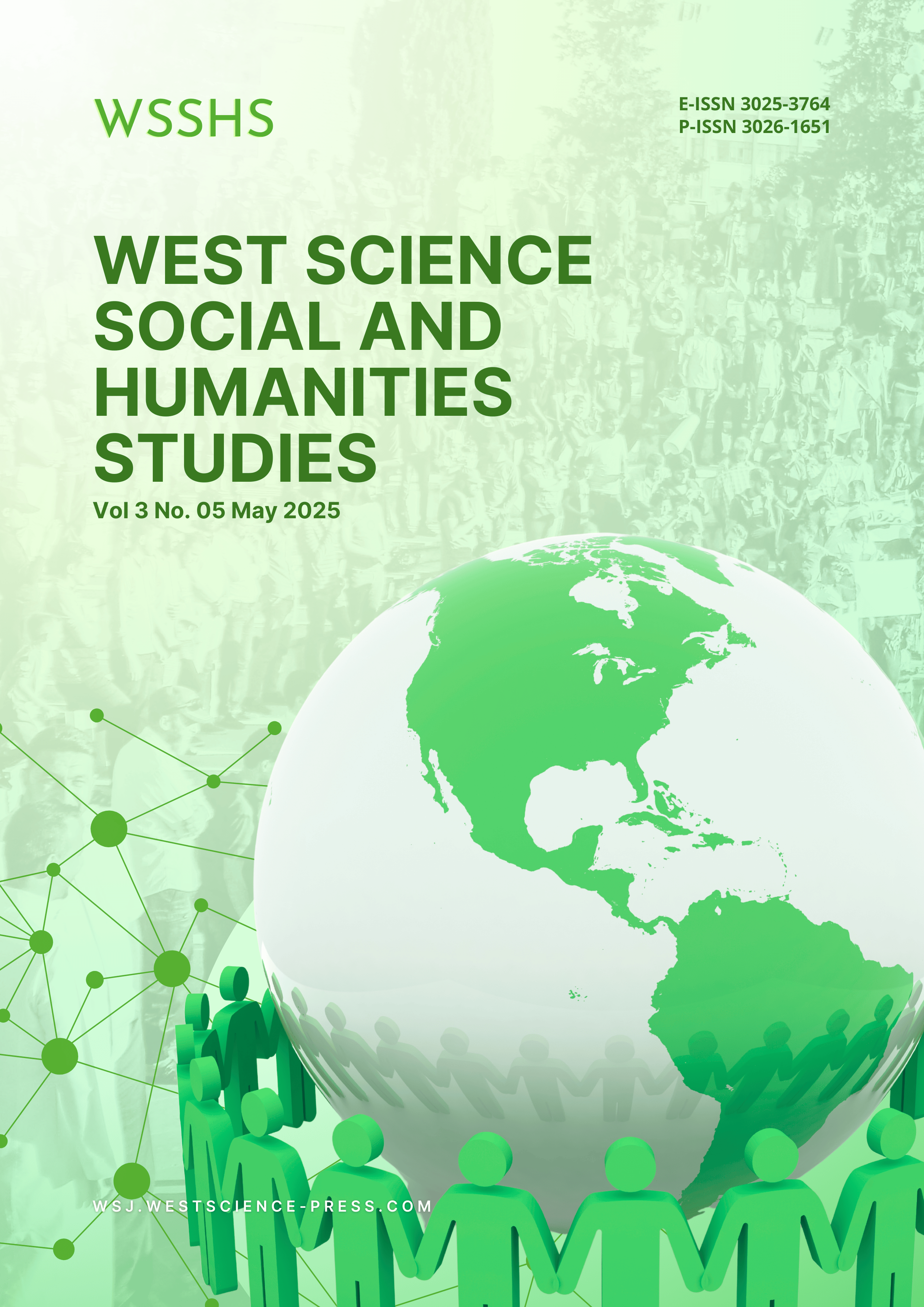



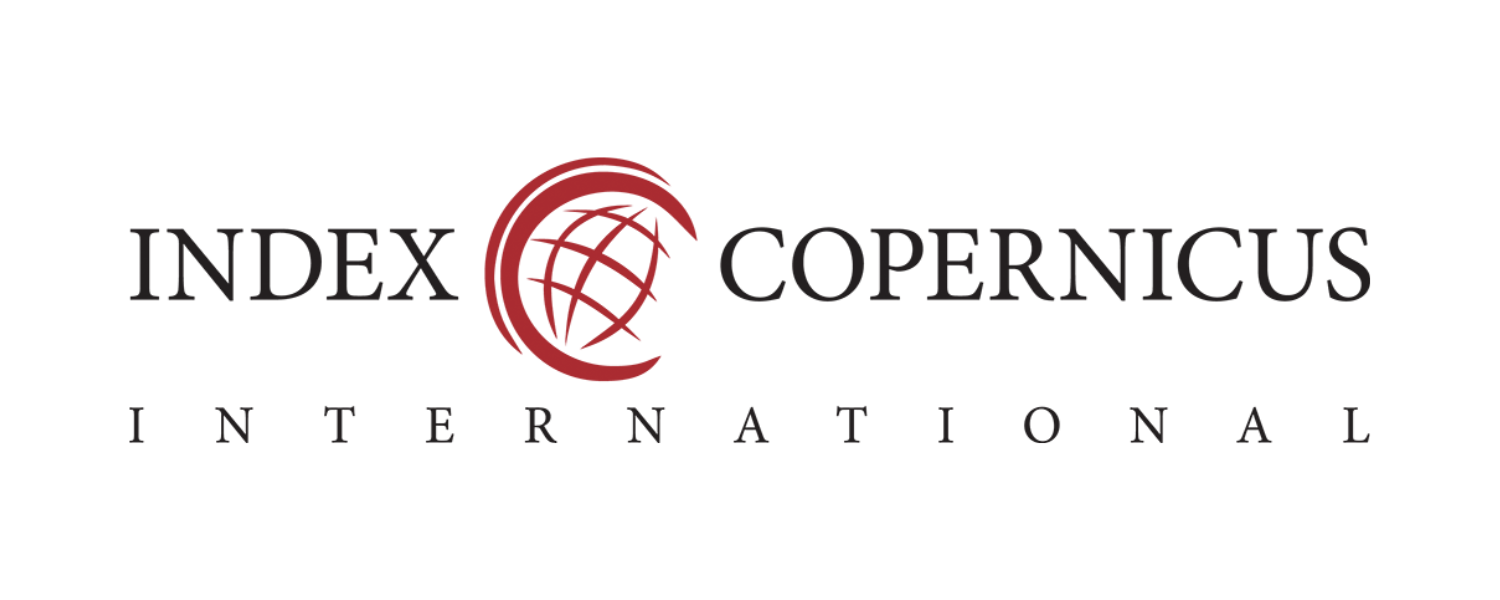

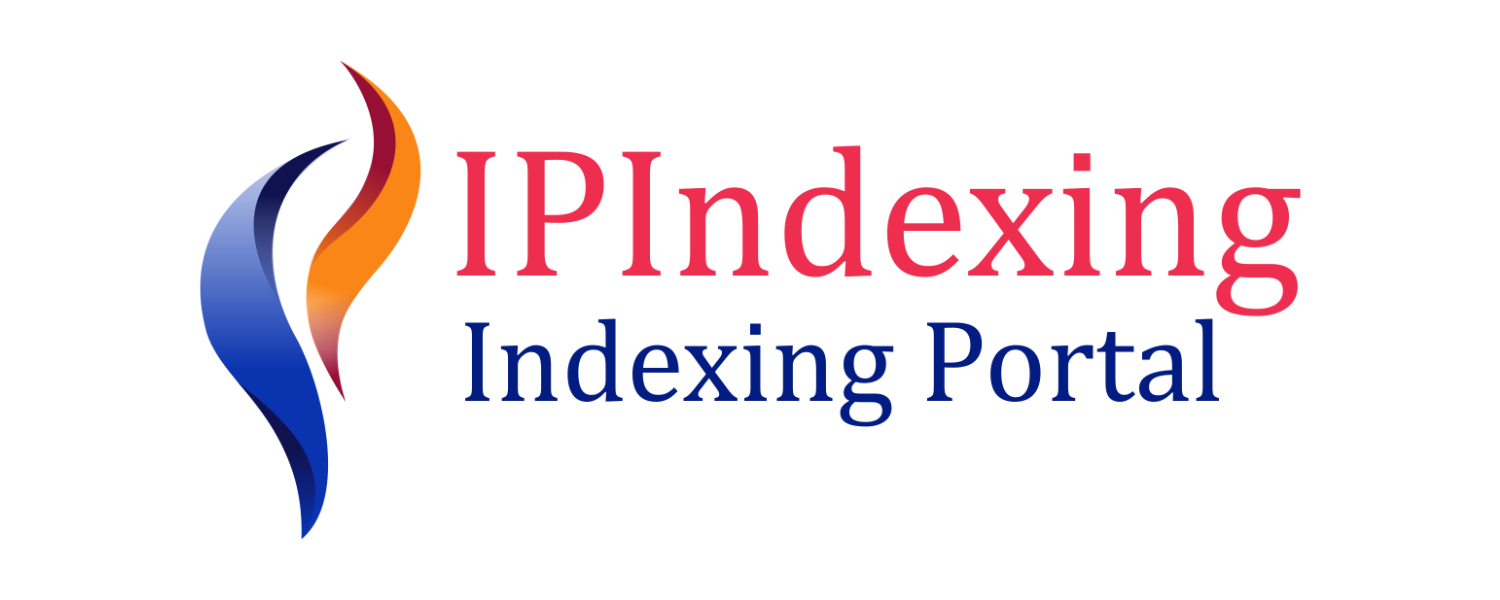




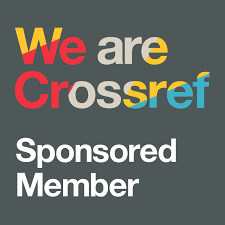



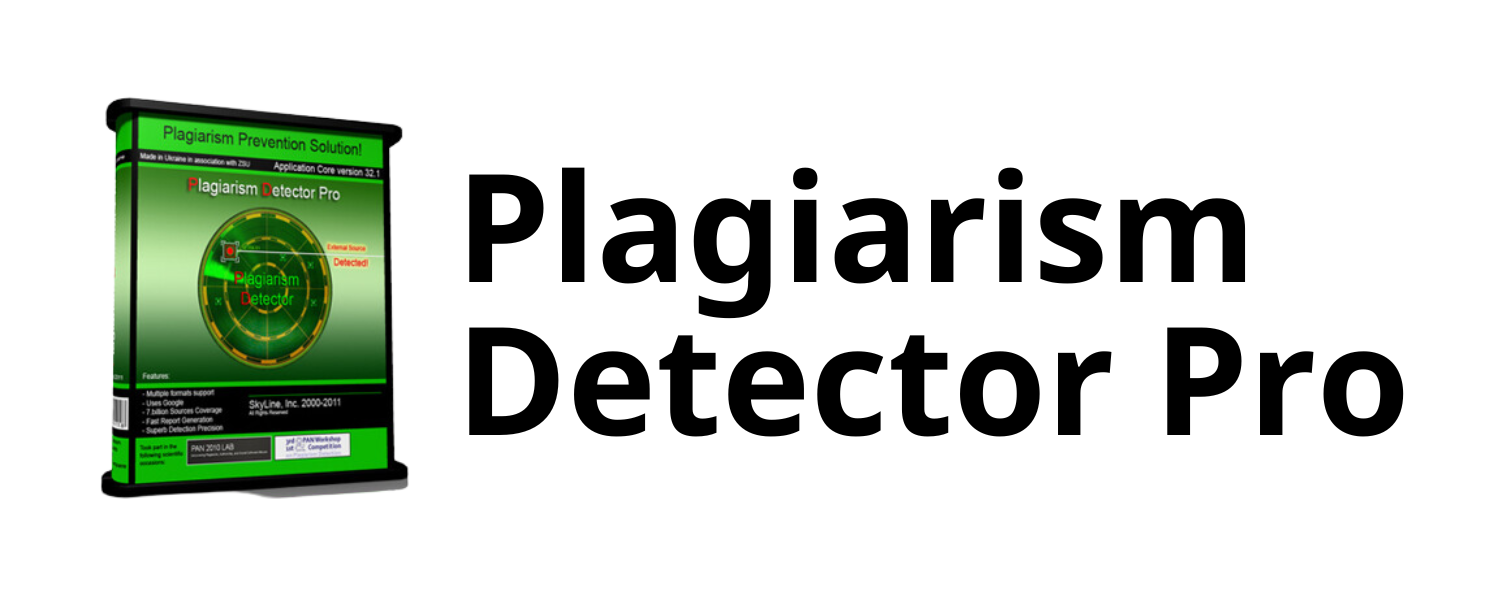



 Instagram
Instagram 